-
To proceed to checkout and complete your order, you must have a minimum order amount of $200 . Your current order total is $0.00.
Green Tree Pythons
Original price was: $1,600.00.$1,210.00Current price is: $1,210.00.
Conclusion
Green Tree Pythons are among the most beautiful and fascinating reptiles available in the pet trade. They require specific care to thrive in captivity, including a carefully maintained environment and a proper diet. With the right setup and care, they can be a rewarding addition to an experienced reptile keeper’s collection.
Green Tree Pythons (Morelia viridis) are a stunning and iconic species of python known for their vibrant green coloration and arboreal lifestyle. Here’s an in-depth look at their physical characteristics, habitat, behavior, and care:
Physical Description
- Size: Adult Green Tree Pythons typically reach lengths of 1.5 to 2 meters (5 to 6.5 feet). They have a slender, muscular body well-suited for climbing.
- Coloration: Their most striking feature is their brilliant green color, which provides excellent camouflage in the trees. Some individuals may also exhibit blue, yellow, or white markings. Juveniles are usually born bright yellow, red, or orange, gradually changing to green as they mature.
- Head: They have a distinct, angular head with large, forward-facing eyes that provide excellent binocular vision.
Habitat and Distribution
- Habitat: Green Tree Pythons are arboreal and predominantly found in tropical rainforests, monsoon forests, and secondary forests. They spend most of their lives in trees, often resting on branches or coiled around twigs.
- Geographic Range: These pythons are native to New Guinea, parts of Indonesia (including the Aru Islands and Biak Island), and the Cape York Peninsula in Australia.
Behavior and Diet
- Behavior: Green Tree Pythons are primarily nocturnal, hunting at night and resting during the day. They are known for their characteristic “sitting” posture, where they coil up on a branch with their head resting in the middle.
- Diet: In the wild, their diet consists of small mammals, birds, and occasionally reptiles. In captivity, they are typically fed appropriately sized rodents. Juveniles often eat smaller prey like geckos or small mice.
Reproduction
- Breeding: Green Tree Pythons are oviparous. Females lay clutches of 5 to 35 eggs, which they incubate by coiling around them to regulate temperature and humidity. Incubation lasts about 45 to 60 days.
- Development: Hatchlings emerge brightly colored and gradually transition to their adult green coloration over the first year of life.
Captive Care
- Enclosure: Green Tree Pythons require a tall enclosure with plenty of vertical space for climbing. The enclosure should include sturdy branches, perches, and foliage to simulate their natural habitat.
- Temperature and Humidity: They thrive in a temperature gradient of 24-30°C (75-86°F) with a basking spot around 32°C (90°F). Humidity should be maintained at 60-80%, with regular misting to ensure proper hydration.
- Lighting: While they are nocturnal, providing a light cycle that mimics natural daylight is beneficial. UVB lighting can be helpful but is not strictly necessary.
- Feeding: In captivity, they are typically fed frozen-thawed rodents. Juveniles should be fed every 5-7 days, while adults can be fed every 10-14 days.
Handling and Temperament
- Handling: Green Tree Pythons can be defensive and may bite if they feel threatened. They are best admired rather than handled frequently. If handling is necessary, it should be done gently and with proper support to avoid stressing the snake.
- Temperament: While they can become accustomed to human presence, they are generally considered more suitable for experienced keepers due to their specific care requirements and potential for defensive behavior.
Conservation
- Status: Green Tree Pythons are not currently listed as threatened or endangered. However, their populations can be affected by habitat loss and illegal collection for the pet trade.
- Threats: Major threats include deforestation and habitat fragmentation. Captive breeding programs help reduce the demand for wild-caught individuals.
Purchasing Considerations
- Source: It is crucial to purchase Green Tree Pythons from reputable breeders or specialized reptile stores to ensure you are getting a healthy, captive-bred animal. Wild-caught specimens can be more challenging to care for and may carry parasites or diseases.
- Health: Look for signs of good health, such as clear eyes, smooth scales, and an active demeanor. Avoid snakes with signs of respiratory issues, mites, or other health problems.
Conclusion
Green Tree Pythons are among the most beautiful and fascinating reptiles available in the pet trade. They require specific care to thrive in captivity, including a carefully maintained environment and a proper diet. With the right setup and care, they can be a rewarding addition to an experienced reptile keeper’s collection.
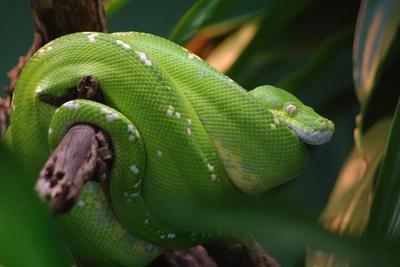
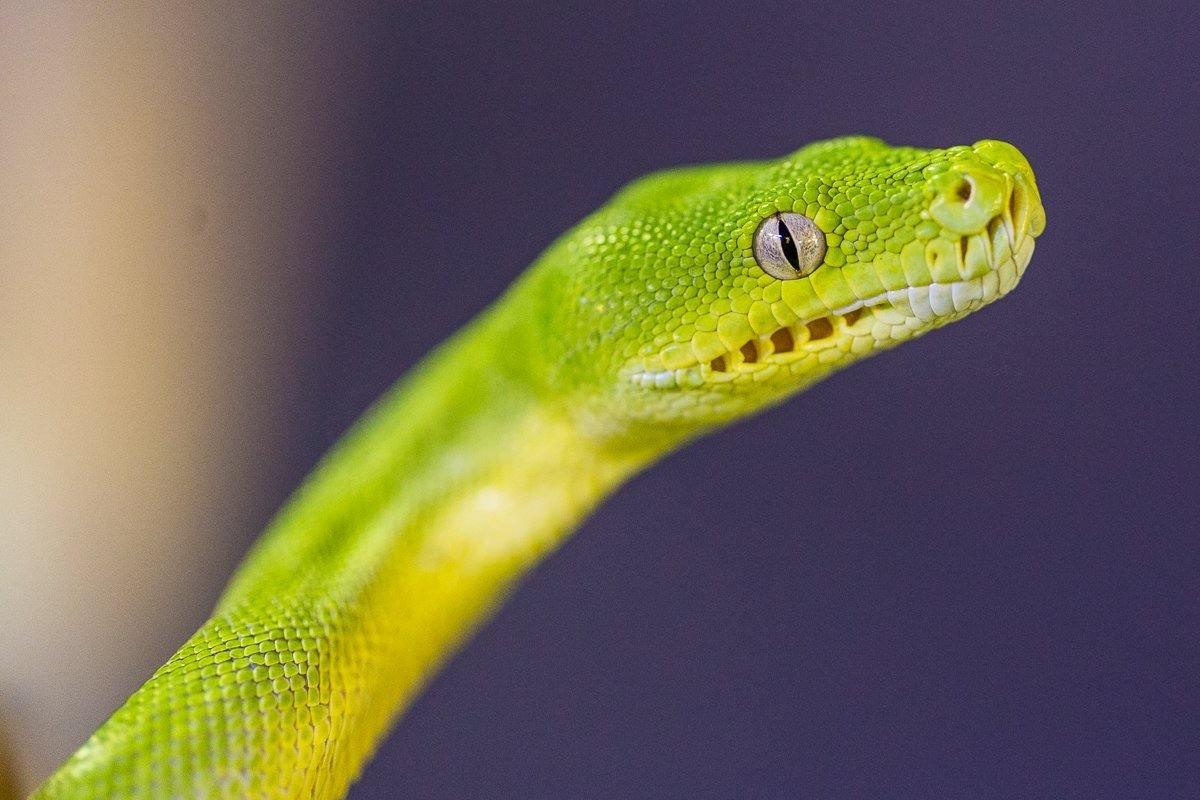
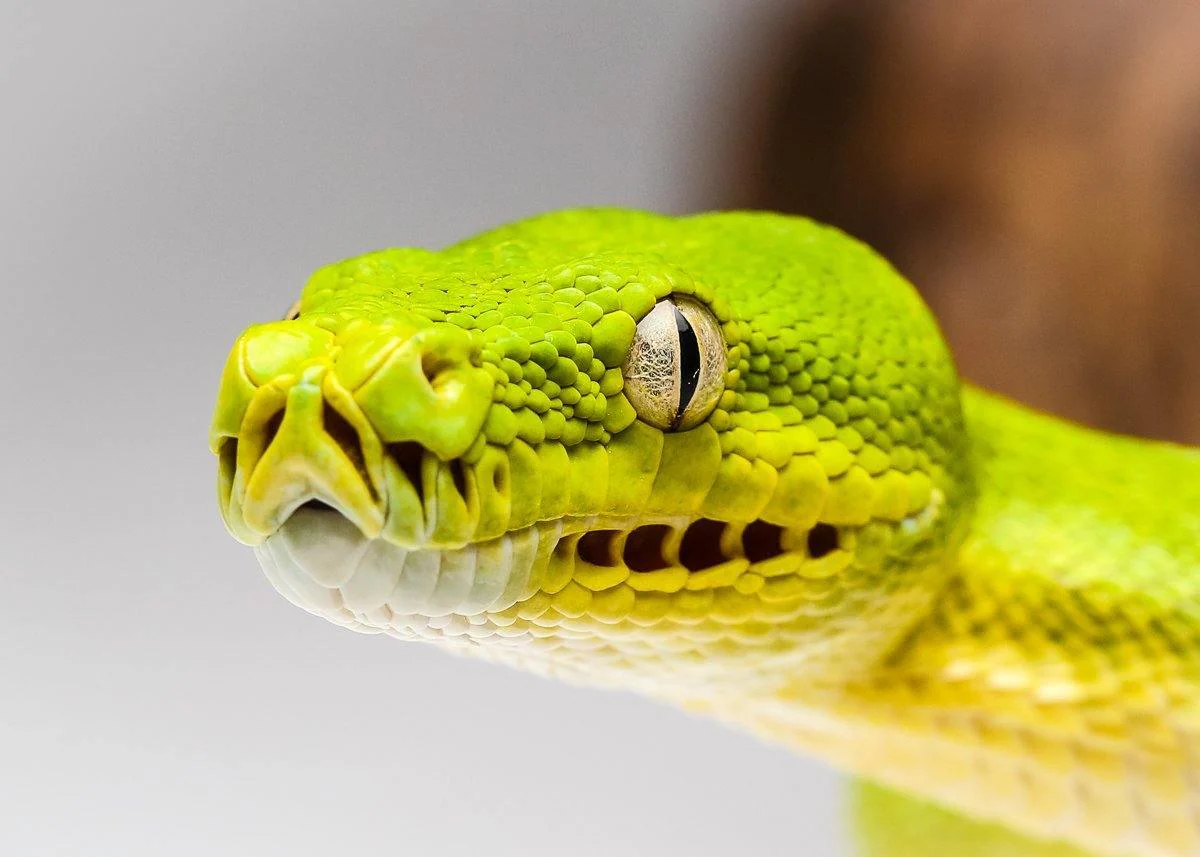
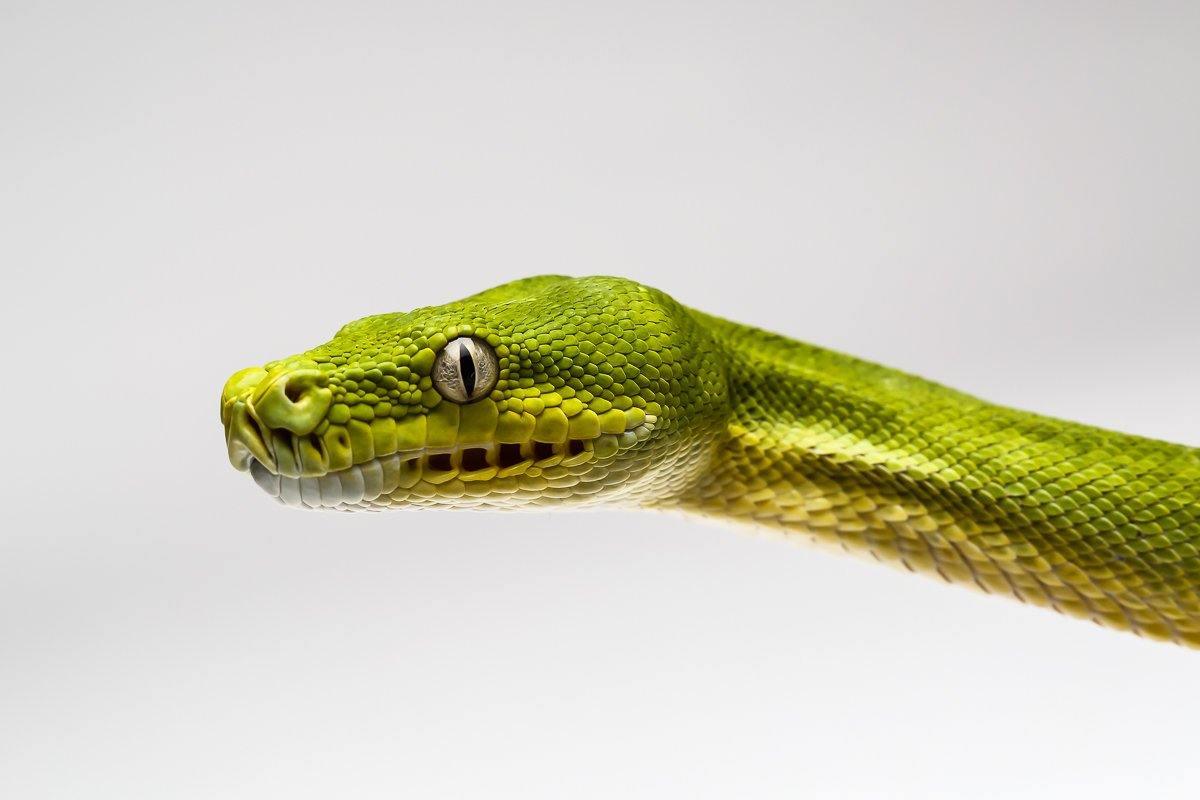
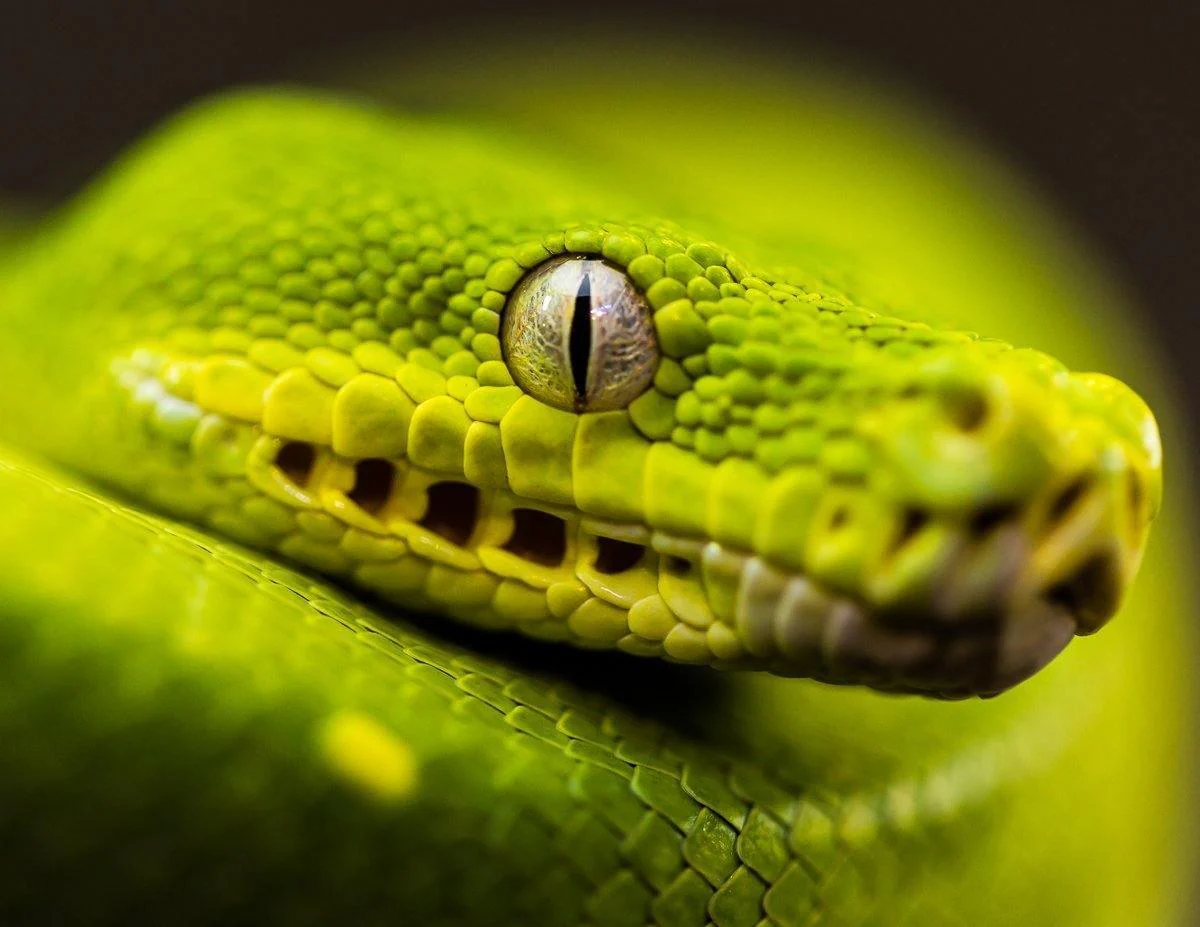
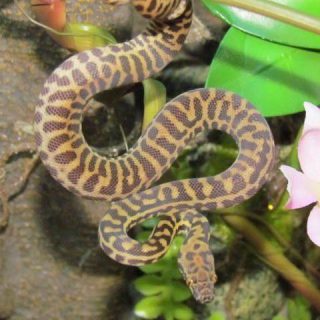
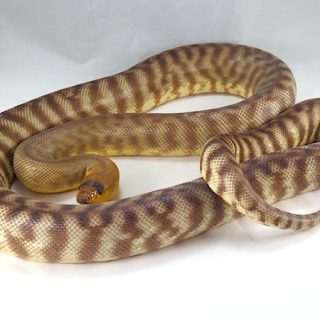
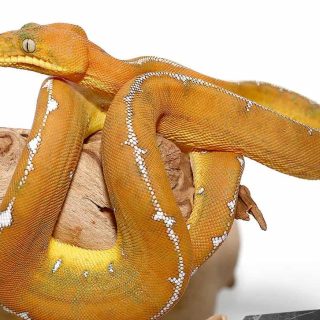
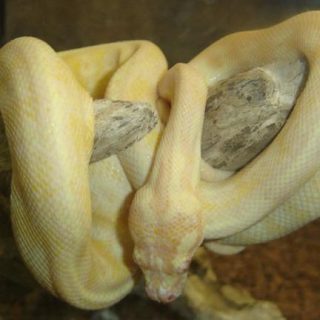
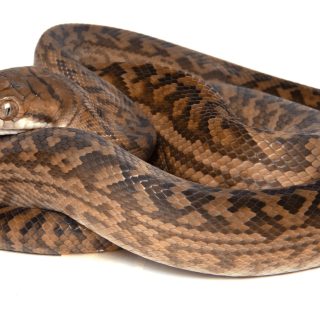
Reviews
There are no reviews yet